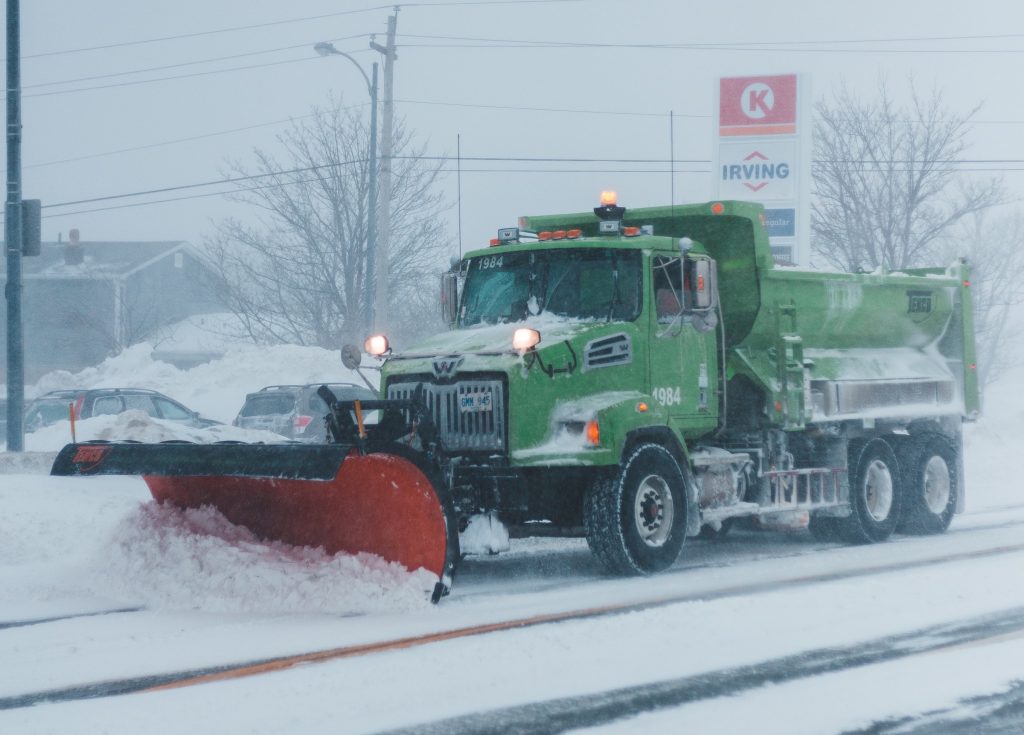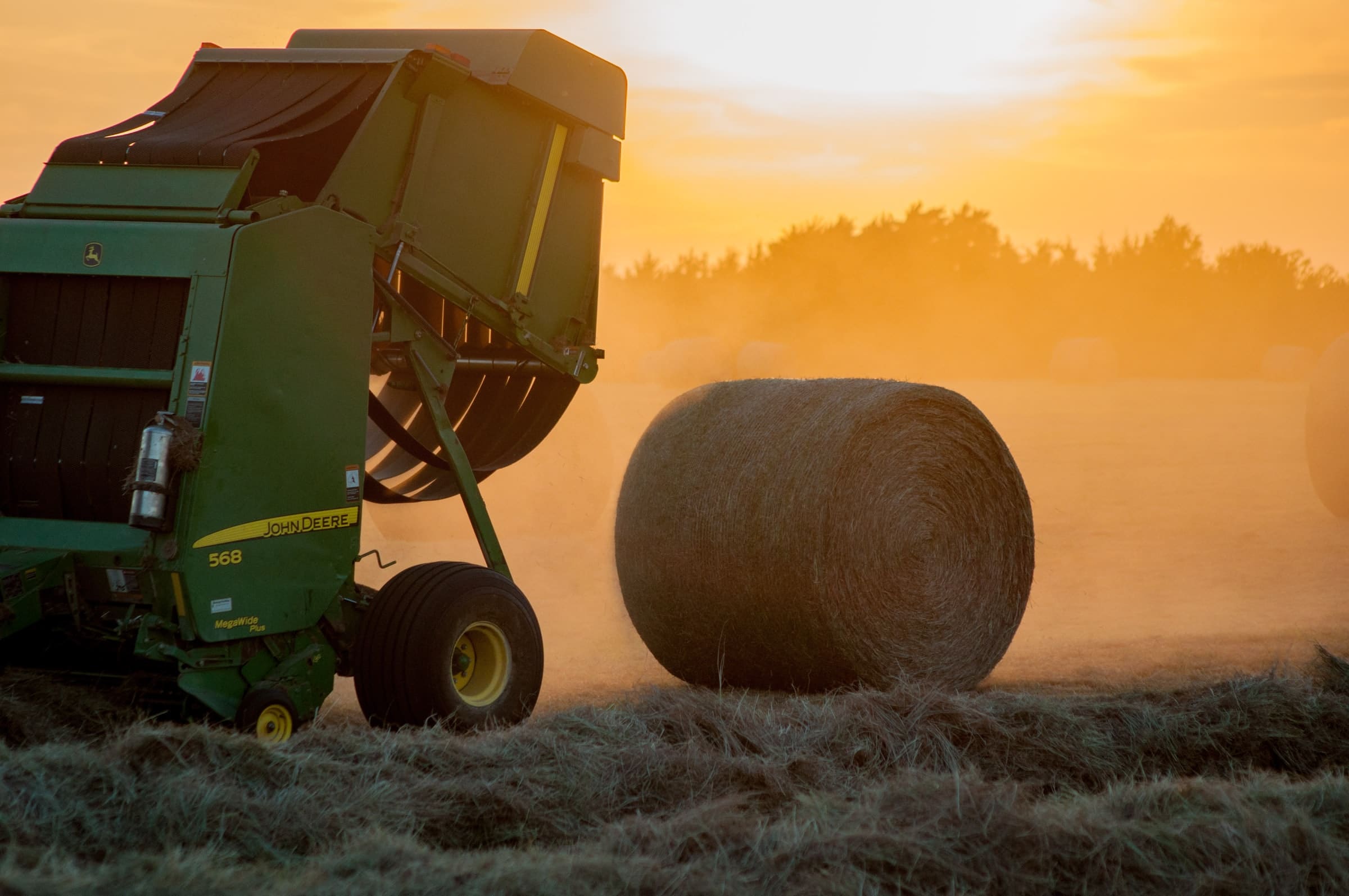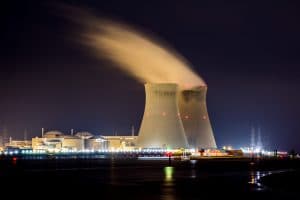Axios has reported that there are several American industries that can’t find enough workers to fill their open employment positions. These are apparently jobs that no one wants. The easy solution is to filling these jobs is to have people create robots to do such work.
What is even more interesting is that as of July 2019, there were 7.2 million job openings in the United States and only 6 million people unemployed. 2018 was the first year ever that the United States had more available jobs to fill than people looking for jobs. In September of 2020, there were 6.4 million jobs and roughly 12.6 million people unemployed.

What makes this statistical phenomenon curious though is that even pre-pandemic – the labor rate had fallen to 63%. This means that millions of working-age are not currently employed, which causes some to speculate what the reasons behind this unemployment actually might be.
While some assume the causes to be laziness or entitlement, it is more likely that there is a cost-benefit ratio that is being considered when choosing not to take a job. Long hours, no benefits, zero upward mobility potential, and a minimum wage that can’t provide for basic subsistence living could be the culprits. It could also be the case that many are avoiding taking lower paying jobs because it typecasts them for future low level employment based on their resume. While it is easy enough to omit past work experience on a resume, first time job-hunters also need to be cautious not to create perceptions that might minimize their opportunity and upward mobility in the future.
The areas most desperate to fill positions are as follows, according to Axios:
- Construction has been seeing a labor shortage because young U.S. workers aren’t interested in replacing the aging workforce, even though it’s a well-paid industry that often doesn’t require a college degree, reports the Wall Street Journal. Also potentially to blame: many businesses aren’t willing to put in the time to help young people with on-the-job training.
- Farmers in Washington are experiencing a shortage of harvest workers, McClatchy reports. That’s because very few American workers want agricultural jobs, and the federal government’s guest worker program is too expensive for growers and useless for some farmers.
- Truck drivers are facing a shortage of 51,000 this year, and that’s projected to rise to 100,000 by 2021, as reported by USA Today. Baby boomers are retiring from the truck driving business, but millennials have been unwilling to replace them, given the grueling hours and travel associated with the job.
- 911 dispatchers are in short supply in cities all around the United States. Some factors, per the WSJ: small centers, the lack of resources to train and pay workers, and the unwillingness of many job-seekers to deal with the position’s life-or-death consequences.
From a tech perspective, filling jobs in farming and transportation seems to be good places to increase automation. Wired Magazine reported that self-driving trucks are now delivering refrigerators. The farming industry has been automating more and more for decades now. It makes sense that if people don’t want to do these jobs, for whatever reason, then the next logical step is to create robots to fulfill the tasks.

Even in the case of 911 dispatch jobs, human-created AI may be able to better assist those in need than other humans doing that job. AI won’t have emotional responses or reactions, and can often respond more quickly and accurately. Robot assistants like Google Duplex could be customized to meet the needs of such calls.
Finally, even construction jobs can be more and more automated by task. While there are certainly some jobs that are not currently cost effective for robots to do in construction, a current lack of employees may force construction companies to begin investing in the creation of new technological ways to completing construction tasks. This, in turn, would create new tech jobs for people seeking to be creative problem solvers using robotics.
Reality Changing Observations:
1. Do you think that there should be an expectation for people to work in jobs that they don’t want to work in?
2. How do you think that increasing automation might change the way that humans view work?
3. How do you think that automating more jobs might transform the way that humans live their lives?





